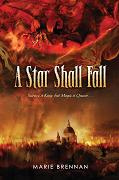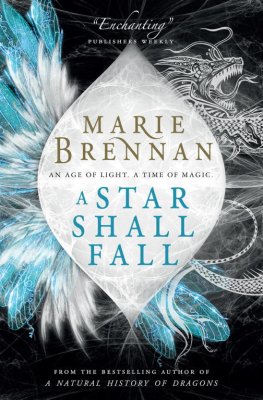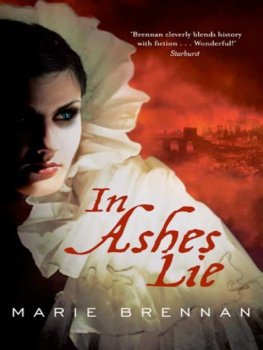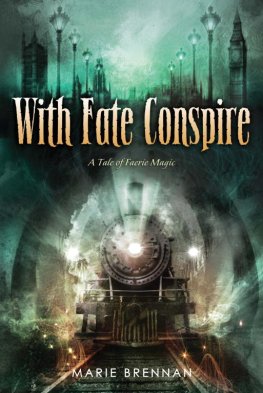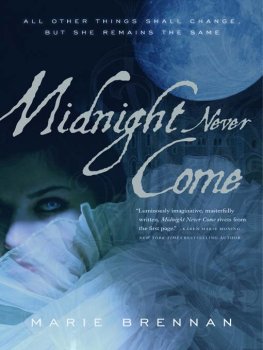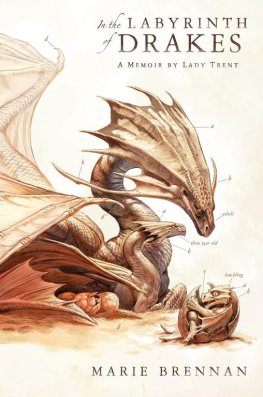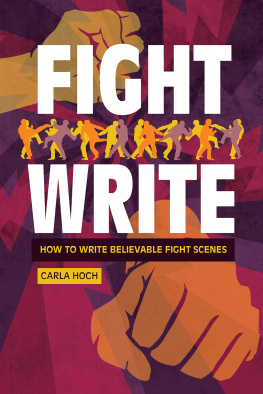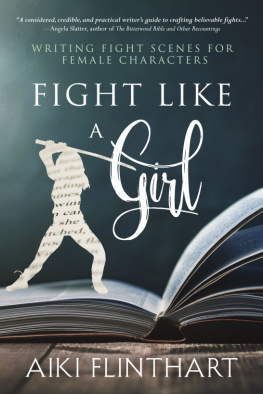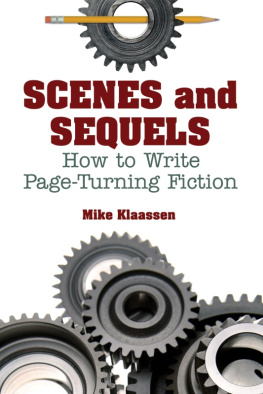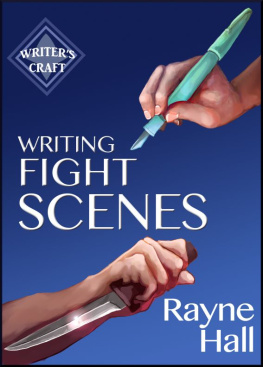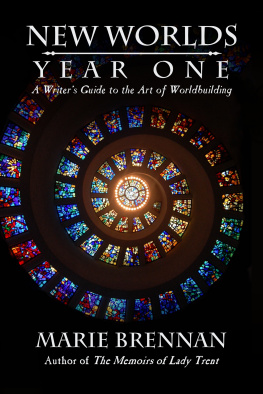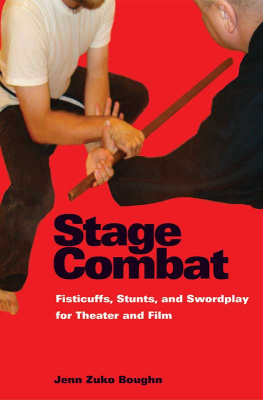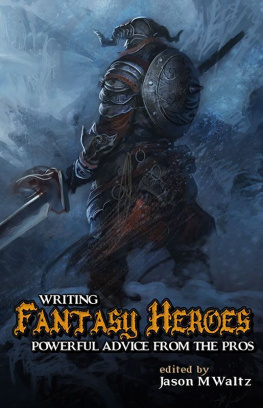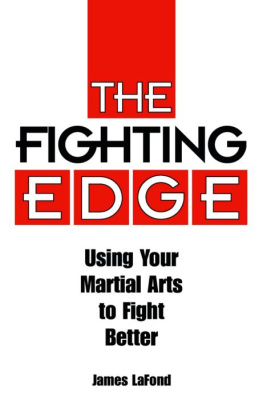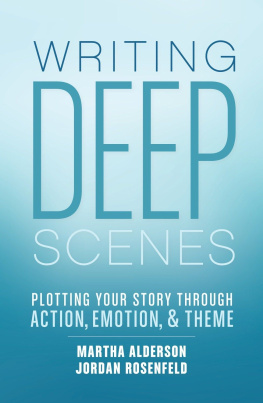Writing Fight Scenes
Marie Brennan

Published by Book View Caf
www.bookviewcafe.com
Copyright 2013 by Marie Brennan
All Rights Reserved, including the right to reproduce this book or portions thereof in any form.
Cover art Photowitch Dreamstime.com
Cover design by Leah Cutter
INTRODUCTION
When I got to college, I made instant friends with the entire drama club by uttering five simple words:
I know some stage combat.
It isnt a skill commonly found among college students. There was one other guy at the school who knew stunt fighting, but he was a senior and very busy with his thesis. For the next four years, I was the go-to girl for anything resembling fight scenes. I worked on sixteen plays, for things ranging from chasing a character around the stage with a broom to full-on duels. It was fun, stressfuland enlightening.
Id always enjoyed fight scenes, whether they were in books or movies. When I started choreographing them myself, though, my understanding of the topic deepened immeasurably. Not only did I have to think about the practical concerns of stage work (how to make the scene safe, while hiding its tricks from the audience); I had to construct the entire thing, move by move, with due consideration to not only what happens but why. And above all, I had to make it interesting.
To illustrate, lets go back to my own senior year, when two directors asked me to put together multiple fights for two different plays.
The two plays were Twelfth Night and Troilus and Cressida, with five fights between them. The two from Twelfth Night were both slapstick comedy; the three for Troilus and Cressida, much less so. For the latter, I had to work out things like how to break an actors neck, which I had never been taught to do. The real trouble, though, came from the big fight near the end of the play, between Troilus and Diomedes.
Our setup was this: Troilus, having lost Cressida to Diomedes, comes face-to-face with his enemy and kills him. (No, that isnt in the usual script for the play. This was a dialogue-free scene the director had inserted into the fifth actone of many changes he made in his adaptation.) The director wanted it to be a big moment, and so he told me he wanted the fight to be longat least five minutes.
The first word out of my mouth was no. The director, you see, had no idea what he was asking for. Assuming one move per secondwhich is quite a slow pacethats still three hundred moves. Even if Id had the months necessary to choreograph, train, and rehearse, it would have been boring for the audience, because heres the thing:
Only a movie can get away with making a fight purely about the spectacle.
In a movie, you have stunt doubles and/or highly trained actors who can do awesome maneuvers. You may have wires and CGI. You can speed up or slow down the film, change camera angles, overlay the entire thing with a pulse-pounding soundtrack, and generally play all kinds of tricks to make the scene exciting. And even then, a five-minute fight would be quite long. On stage? You have actors who probably dont know what theyre doing, a static point of view, and extremely limited special effects. The audience would be yawning. So I had to figure out how to give the director what he really wanteda big dramatic scenewithin the constraints of the stage.
Working that out was the most educational experience I had in four years of fight choreography. I sat down with the actor playing Troilus, and together he and I constructed an arc for the scene: how it would start, how it would end, what shifts would happen along the way. That was the key to making it exciting, you see; it couldnt just be punch-punch-punch all the way through. Like a piece of music, it needed dynamics. And that meant digging into character, making use of the space, and lots of other things I now realize are integral to a good fight scene.
The arc we built was as follows. The productions aesthetic was sort of post-apocalyptic rave, so the characters had guns. But we didnt want a gun fight. We therefore decided that Troilus and Diomedes run into each other during the battle, guns out, but lay them down in a kind of truce; theyll settle this like men, with their fists. When the fight begins, its gentlemanly boxing, circling, feinting, dodging and blocking. But Troilus, it turns out, is better than Diomedes. He gets in a good blow, then another, and pretty soon Diomedes figures out hes going to lose
So he pulls a knife.
Whereupon the entire tenor of the scene changes. Now its potentially lethal, and if Troilus stays within Diomedes reach, hes toast. The fight moves more rapidly across the stage, Diomedes pursuing, Troilus fleeing, up onto a platform on stage left, then up again to an upstage walkway, where Diomedes lunges and Troilus manages to trap his arm against a pole. He disarms Diomedes, and now were back to a fist-fight, only this time gentlemanly behavior is nowhere in the picture. More punching, but its more vicious, and once Troilus gets the upper hand again he has Diomedes down on the walkway and hes just throwing blow after blow into the guys face, before finally strangling him to death. After a moment, Troilus gets up slowly, collects his gun, and is about to put some lead into his enemy for good measure when someone enters and the play returns to the usual script.
You see, one of the things going on in Troilus and Cressida is that everybody in it is some flavor of bastard. Even the good guys turn out to be good only some of the time; many productions cut the brief scenelet where Hector murders a guy to steal his armor, because its depressing to find out that even Hector is only decent when somebodys watching. Because of this, the shift the actor and I worked out was that when Troilus starts whaling on Diomedes again, he finds out he likes it. A black, horrible thingbut a powerful bit of characterization. One that makes the fight more than just spectacle, or a plot device to remove Diomedes from the story.
And thats what I came to understand about fight scenes. Theyre part of the story, and not just on the level of plot. Remember how I said I was choreographing five scenes for two plays? One night I went from a Troilus and Cressida rehearsal straight to one for Twelfth Night, and my brain froze up; all I could think of was the choreography Id just been doing for the other play. Director #2meaning welltold me he didnt mind if I just reused the same moves. I nearly had an aneurysm at the thought. The same moves, in this case, would have meant kicking the enemy in the head while hes crawling across the floor: not exactly fun comedy material. I couldnt cut-and-paste from one production to another, because they were fundamentally different stories, and what I was constructing had to fit its environment.
Fit, and add to. Fight scenes are intense, even the shallow or silly ones, because at their core theyre about violence: what people are and are not willing to do to their fellow man or woman. Because of that, they can reveal or change or confirm important things the audience know about the characters. They can support a storys themes. In fact, they should do those things, especially if theyre going to get any significant screen or or stage or page time; otherwise, you should just knock them out of the way and get on with the real story. Movies have enough tricks on hand to get away with pure spectaclebut even then, how much more awesome is it when theres more going on than just martial pyrotechnics?
~
My love for fight scenes probably goes back to seeing The Princess Bride at the tender age of six. Inigo Montoya was always my favorite character; because of him, I dont remember a time when I didnt want to learn fencing. (Its also his fault that I studied Spanish in junior high.)

